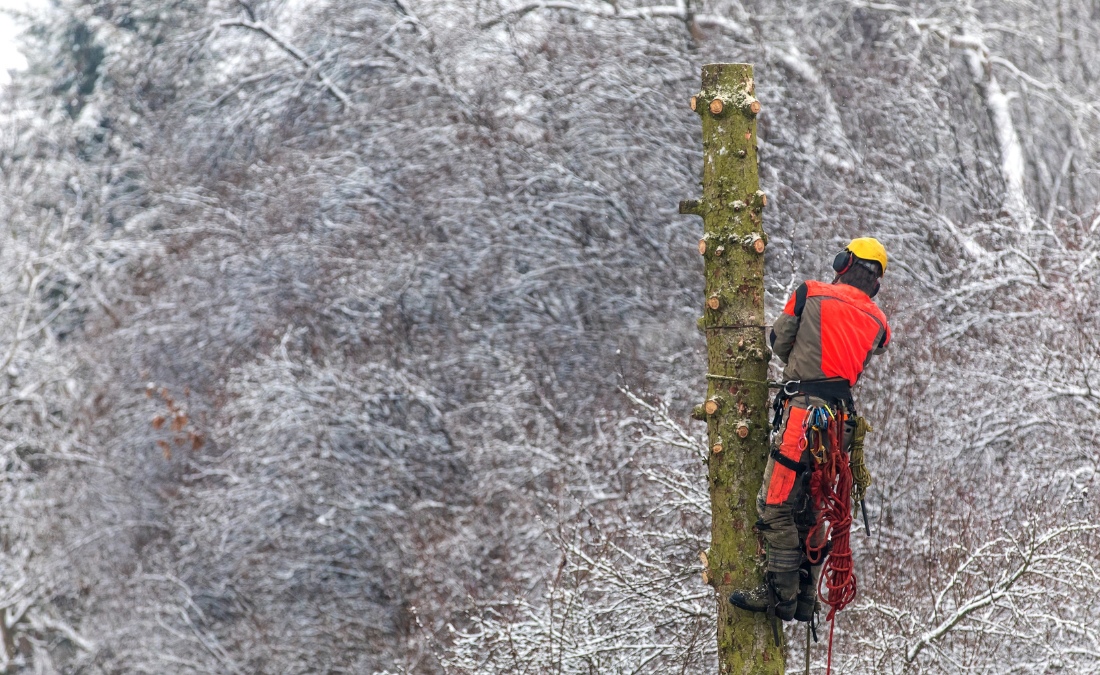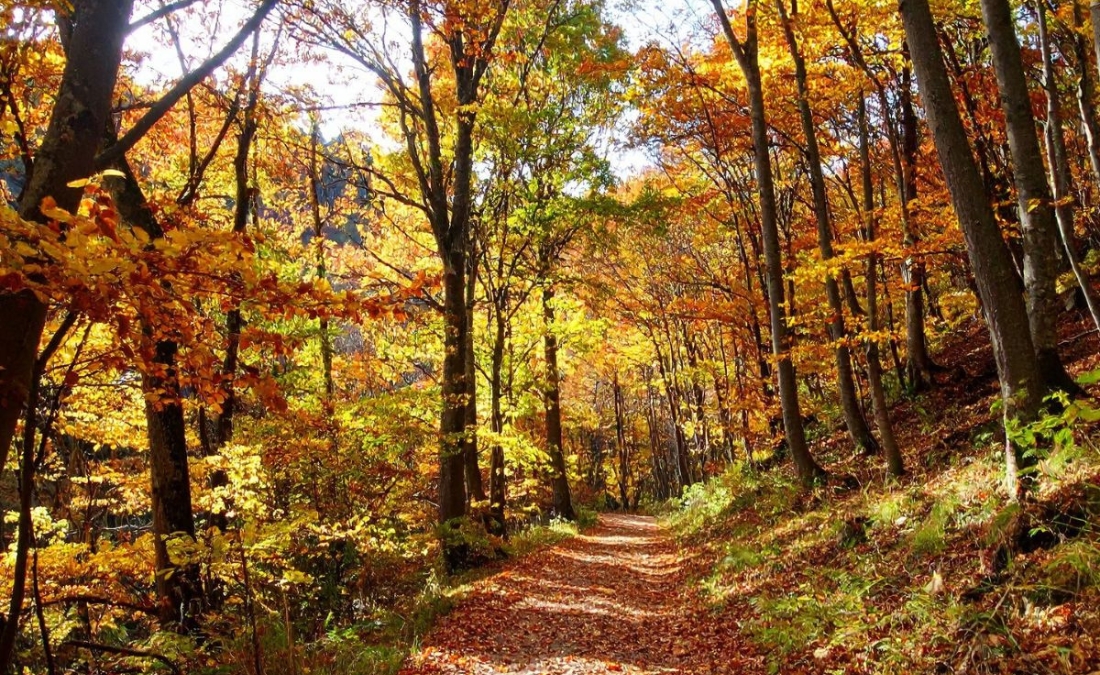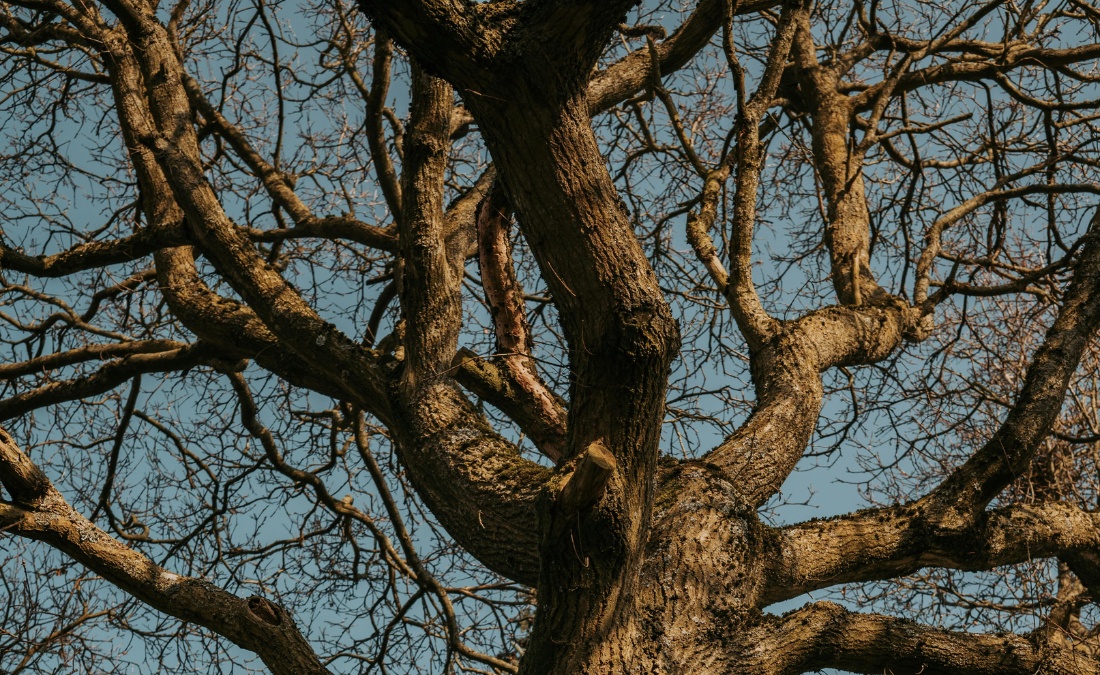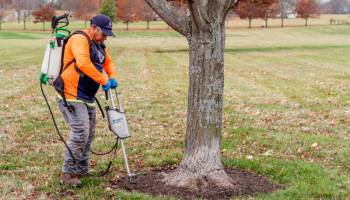4 Shade Trees You Should Consider for Your Davenport Property
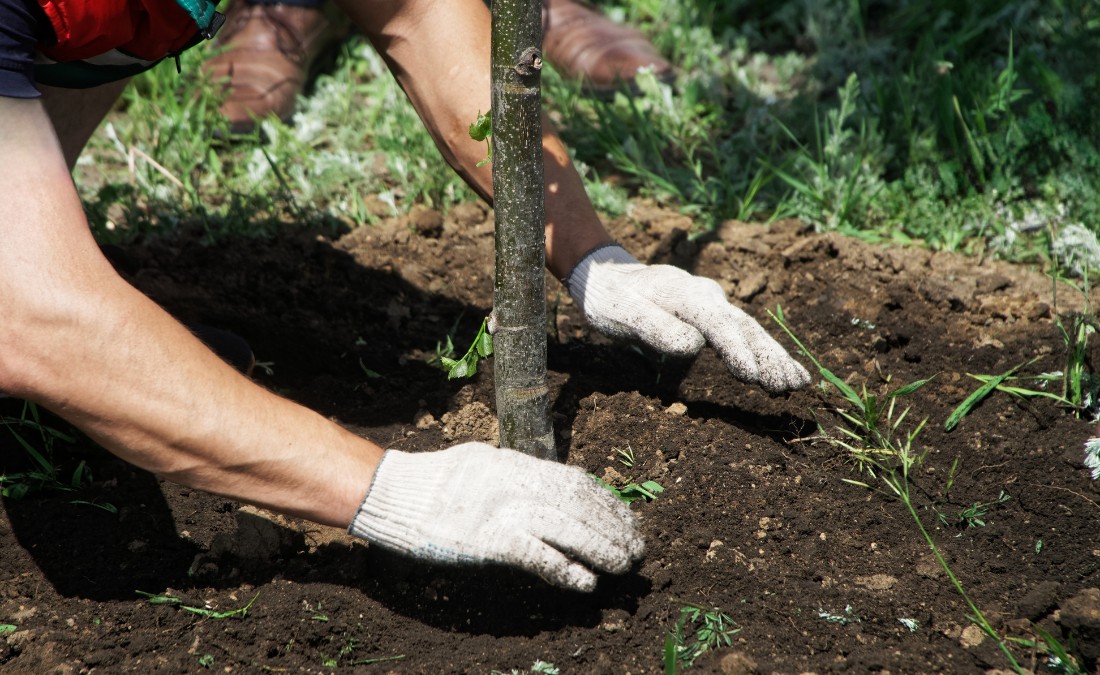
Not all shade trees grow well in Davenport. Here are 4 reliable options that offer beauty, durability, and the canopy coverage your yard needs.
Walking into a nursery and seeing rows of trees you know little about can feel overwhelming – especially if you’re not sure what will grow best in your yard. But choosing the right shade tree for your Davenport property doesn’t have to be complicated. Here are four options that thrive in local soil, plus tips to help them grow strong and healthy for years to come.
Key Takeaways:
- Freeman Maple, Ohio buckeye, Kentucky coffeetree, and white oak are four shade tree species that thrive specifically in Davenport’s soil and climate conditions.
- Each recommended tree has distinct characteristics – freeman maples are low-maintenance hybrids, Ohio buckeyes provide dense shade, Kentucky coffeetrees thrive in urban environments, and white oaks are long-lived native trees.
- Proper tree care includes mulching, soil preparation, regular watering for young trees, and season-appropriate pruning (avoiding spring pruning for maples and summer pruning for oaks).
- Common threats to these shade trees include verticillium wilt for maples, powdery mildew and bagworms for Ohio buckeyes, and oak wilt for white oaks – all of which require preventative treatments or careful pruning timing.
- When planting new trees in Davenport, residents should avoid ash trees, Bradford pears, and tree-of-heaven, while considering factors like mature height, soil requirements, and sun exposure for their chosen species.
4 Shade Trees That Thrive in Davenport
Shade trees add natural beauty to your Davenport property and help reduce the urban heat island effect. Some shade trees tend to thrive better in our area than others, and we’ve compiled a list of some of our favorites for you to plant on your property.
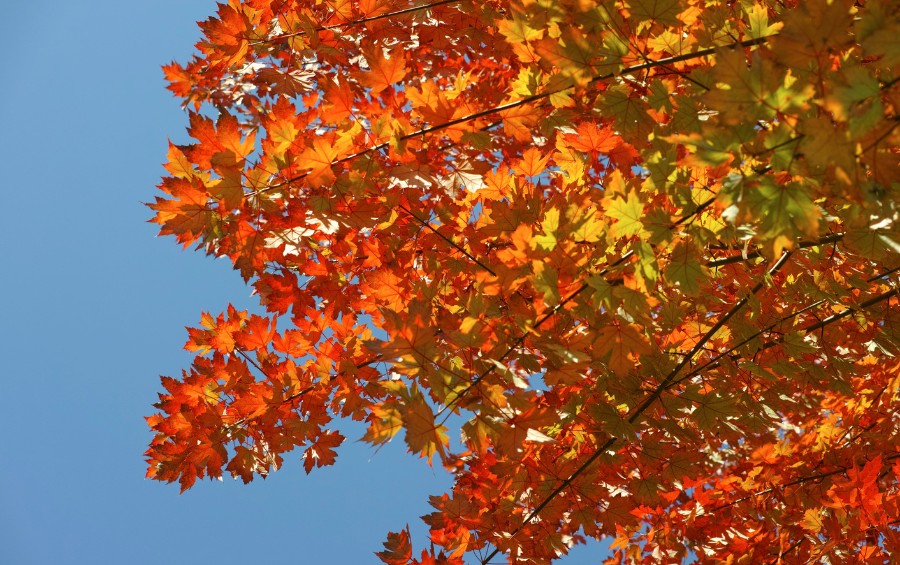
1. Freeman Maple (Acer x freemanii)
The Freeman maple is a hybrid that combines red and silver maples. It fuses the best elements of its two parents, the fast growth of the silver maple with the sturdiness and beautiful fall color of the red maple.
The Freeman maple is an excellent choice if you need a low-maintenance tree. It is very tolerant of most soil conditions and requires less work to keep thriving than some other trees people plant in Davenport. This isn’t to say you don’t have to do any work, as these trees still benefit from regular pruning and fertilization when they have a nutrient deficiency.
The Freeman maple is relatively safe from developing serious insect or disease problems. The one main threat it faces is the disease verticillium wilt, which can harm or kill your maple. Additionally, as with all maples, we recommend avoiding pruning these trees in the spring because they produce a lot of sap that can make the job messy.
Freeman Maple Quick Facts
- Mature Height: 40-60 feet
- Mature Width: 30-40 feet
- Preferred Soil: Moist, well-drained soil
- Daily Light Exposure: Full sunlight (6 hours)

2. Ohio Buckeye (Aesculus glabra)
If you want solid summer shade and a cooler yard, the Ohio buckeye is a tree worth considering. Davenport sits right at the edge of the native range of this tree, but it is a perfect choice if you want a shade tree that’s not too big.
The Ohio buckeye has very dense foliage, and it will likely be one of the first trees to leaf out in the spring. They produce a very distinctive fruit that the tree takes its name from. Native Americans called the fruit “hetuck,” which meant that they resembled the eye of a deer. These buckeyes have a very catching dark brown color, and many people like to carry them as good luck charms.
Ohio Buckeyes face a few worrisome threats that homeowners should be aware of. Powdery mildew and anthracnose are common problems for this species, though neither disease is fatal. Additionally, bagworms often target these trees and feed on their foliage.
Ohio Buckeye Quick Facts
- Mature Height: 20-40 feet
- Mature Width: 20-40 feet
- Preferred Soil: Acidic, moist, and well-drained soils
- Daily Light Exposure: Full sun (6 hours daily) or partial sun (4-6 hours daily)
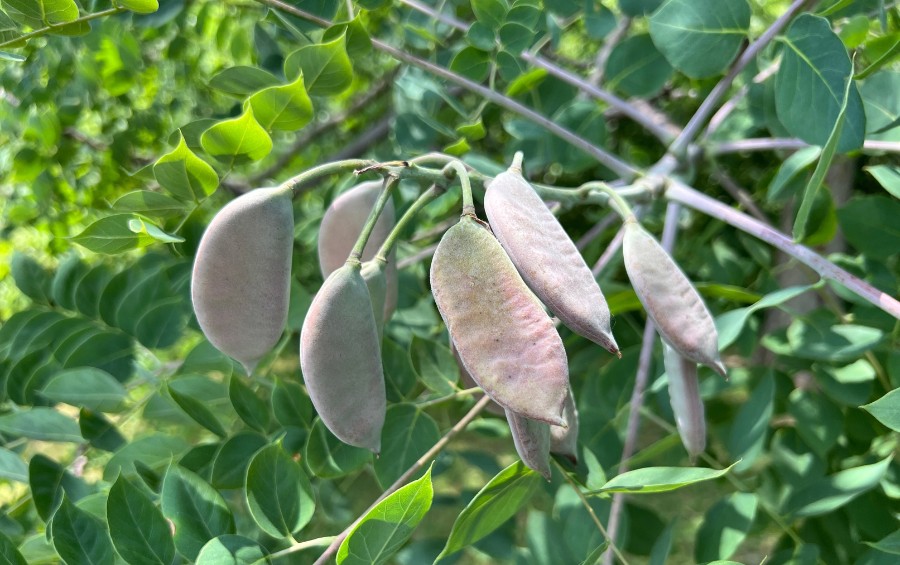
3. Kentucky Coffeetree (Gymnocladus dioicus)
If you’re looking for a tough, low-maintenance tree that can handle pollution, drought, and high soil pH, the Kentucky coffeetree is a great option. Native to Iowa, it thrives in urban areas like the Quad Cities and faces few problems from pests or disease.
This tree needs space, as it can grow up to 80 feet tall. So, it’s best suited for larger yards. In late spring (typically May to June), it produces small flowers followed by seed pods that drop in the fall. While the seeds can be roasted and eaten, they’re toxic when raw, so be sure to keep them away from kids and pets.
The biggest maintenance task with the Kentucky coffeetree is cleanup. It drops both seeds and leaves, so you’ll want to stay on top of yard maintenance if you prefer a tidy look.
Kentucky Coffeetree Quick Facts
- Mature Height: 60-80 feet
- Mature Width: 40-55 feet
- Preferred Soil: Moist, well-drained soil
- Daily Light Exposure: Full sunlight (6 hours)
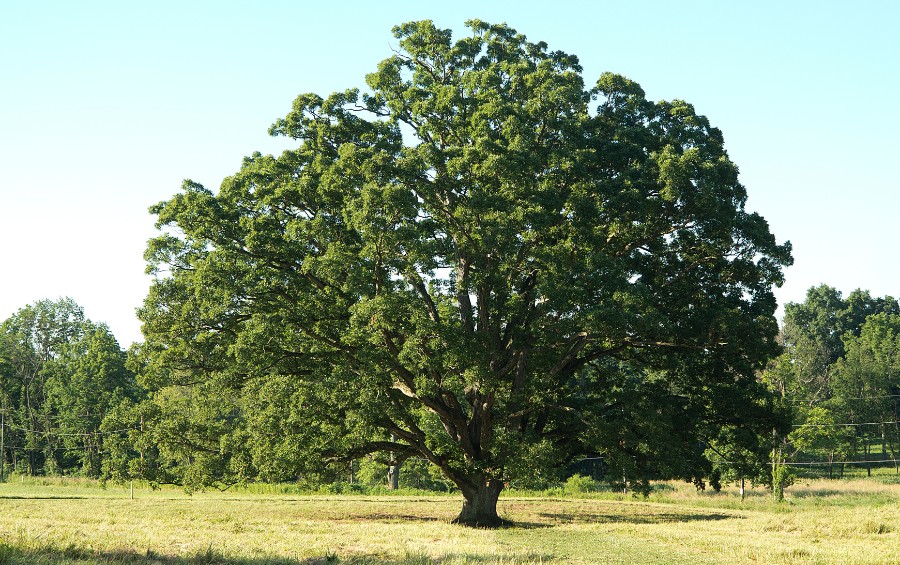
4. White Oak (Quercus alba)
Few trees embody America quite like the sturdy oak tree. White oaks are native to Iowa and common in the Davenport area. This species grows to be substantial, with some reaching up to 80 feet tall. They also produce acorns that are a favorite of small wildlife.
These trees do take a long time to reach their mature size, so you’ll have to be patient as they continue to grow. They are tolerant of most soil types and can survive during droughts. White oaks
also live for a long time with proper care, so you’ll be growing this tree not just for yourself but for your children as well.
The biggest threat facing oak trees throughout the United States is the dreaded disease oak wilt. White oaks have better natural resistance to the disease, but you will still need to consider preventive treatments to protect them from developing oak wilt, as there is no cure. You can also protect your white oak by pruning it only in the winter.
White Oak Quick Facts
- Mature Height: 50-80 feet
- Mature Width: 50-80 feet
- Preferred Soil: Moist, well-drained soil
- Daily Light Exposure: Full sun (6 hours)
Frequently Asked Questions About Planting Shade Trees in Davenport
If you want to learn more about tree planting in Iowa, we’ve answered some common questions homeowners have.
Are there other trees to consider in the Davenport area?
Of course, there are other shade trees to plant in the Davenport area. For a complete list, you can read the recommendations from the Iowa State Extension Service. Some of our other favorite shade trees include:
- American linden
- Red horsechestnut
- River birch
- Gray birch
- Hackberry
- Sweetgum
What are some ways I can help my newly planted Davenport trees thrive?
There are several things you can do to help a newly planted tree in Davenport grow better. Some things we recommend include:
- Spread a two to four-inch layer of mulch around your trees
- Improve the quality of your soil before you plant the tree by breaking up compaction and adding soil amendments
- Water your sapling regularly when it is young to encourage better root growth
- Stake trees if the trunk cannot yet support the canopy’s weight
What trees should I avoid planting in Davenport?
Some trees to avoid planting in Davenport include:
- Ash trees
- Bradford pears
- Tree-of-heaven
Advantage Can Help Plant and Care for Your Newly Planted Davenport Trees
Planting a new tree for your property provides numerous benefits for you and the environment. However, tree planting is a big responsibility, as you need to ensure you handle the process correctly and care for the sapling as it grows to maturity. If you want to ensure correct planting and that your sapling gets the best care possible, trust the experienced team at Advantage, an Arbor Masters company.
Our Quad Cities branch offers tree planting services and care for newly planted saplings. We’re familiar with the local species and how best to shepherd them into maturity. If you’re unsure of how to plant or care for a young tree, call our team at 563-355-7508 or request a quote online.
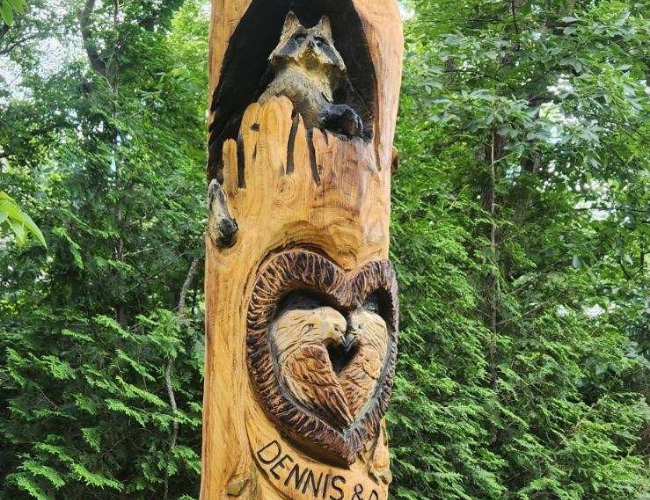
Get the latest local news, tree care tips, special offers, and company updates directly to your inbox! It's easy to subscribe and there's no spam - we promise.
"*" indicates required fields


